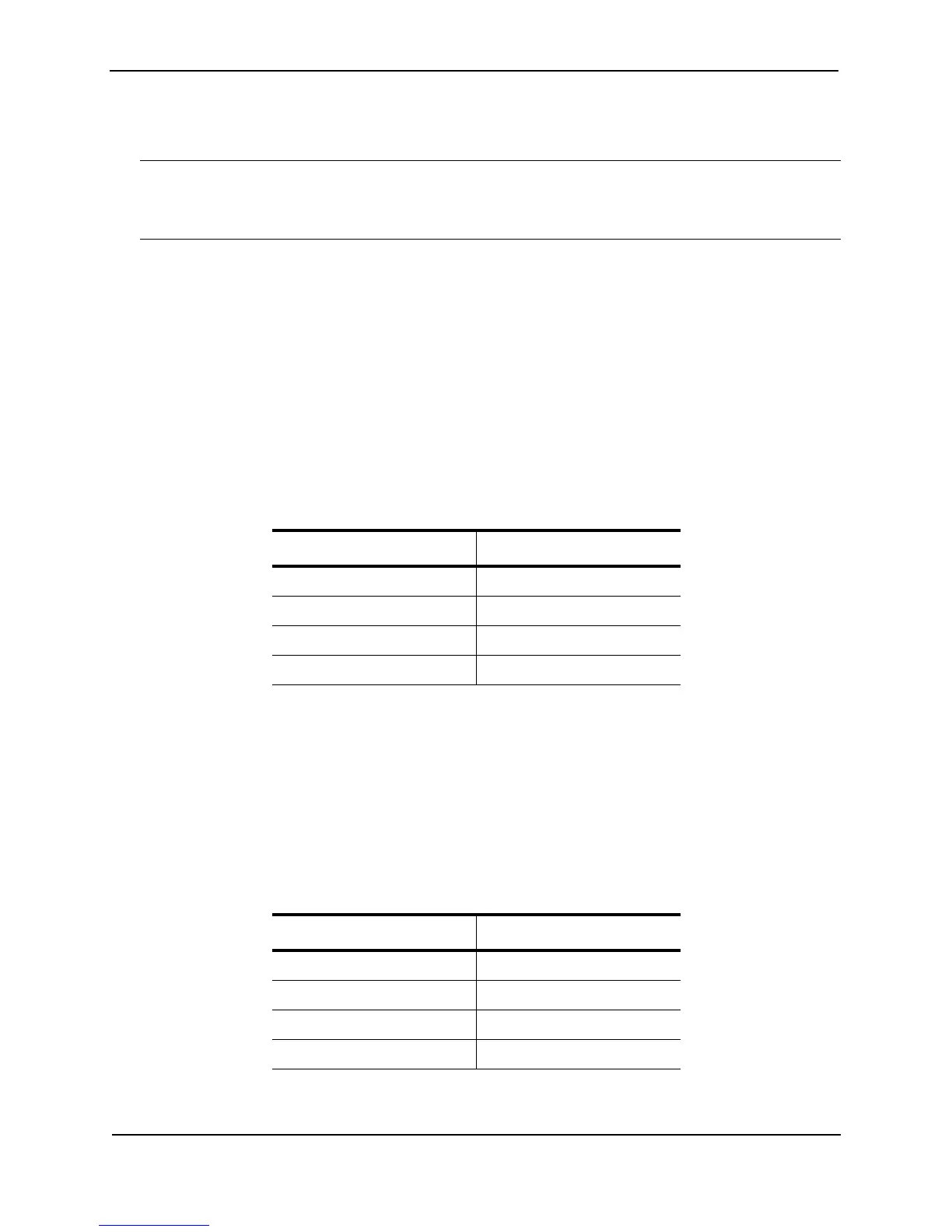Foundry Switch and Router Installation and Configuration Guide
11 - 2 December 2000
All traffic is classified in the normal queue by default. The Stackable device forwards all high priority traffic on a
port’s outbound queue before forwarding normal priority traffic on the port.
NOTE: The IronClad QoS features described in this chapter do not apply to Stackable devices. To configure
QoS on Stackable devices, use the procedures in “Assigning QoS Priorities to Traffic” on page 11-11. The
procedures apply to Chassis devices and Stackable devices. The rest of this chapter applies only to Chassis
devices.
You can classify packets and assign them to specific queues based on the following criteria:
• Incoming port (sometimes called ingress port)
• IP source and destination addresses
• Layer 4 source and destination information (for all IP addresses or specific IP addresses)
• Static MAC entry
• AppleTalk socket number
• Layer 2 port-based VLAN membership
• 802.1q tag
By default, all the traffic types listed above except the 802.1q tagged packets are in the best effort queue, which is
the lowest priority queue. The 802.1q tagged packets are assigned to a queue based on the priority level (0 – 7)
in the packet’s tag. The default mapping of the priority levels to the queues is as follows.
In cases where a packet matches more than one traffic type, the highest queue level among the traffic type is
used. For example, if a tagged packet arrives on a tagged port and the 802.1p priority is 4 (qosp2) but the packet
contains IP source and destination information that matches an IP access policy configured to assign the traffic to
priority 7 (qosp3), the device places the packet in qosp3 of the outbound port.
Automatic Queue Mapping for IP Type Of Service (TOS) Values
Foundry devices that support IronClad QoS automatically examine the first two bits in the Type of Service (TOS)
header in each IP packet as it enters the device on a 10/100 port. The device then places the packet in the QoS
queue that corresponds to the TOS value.
The TOS value in the first two bits can be one of the following.
Priority Level Queue
6, 7 qosp3
4, 5 qosp2
2, 3 qosp1
0, 1 qosp0
TOS value (binary) Queue
11 qosp3
10 qosp2
01 qosp1
00 qosp0
